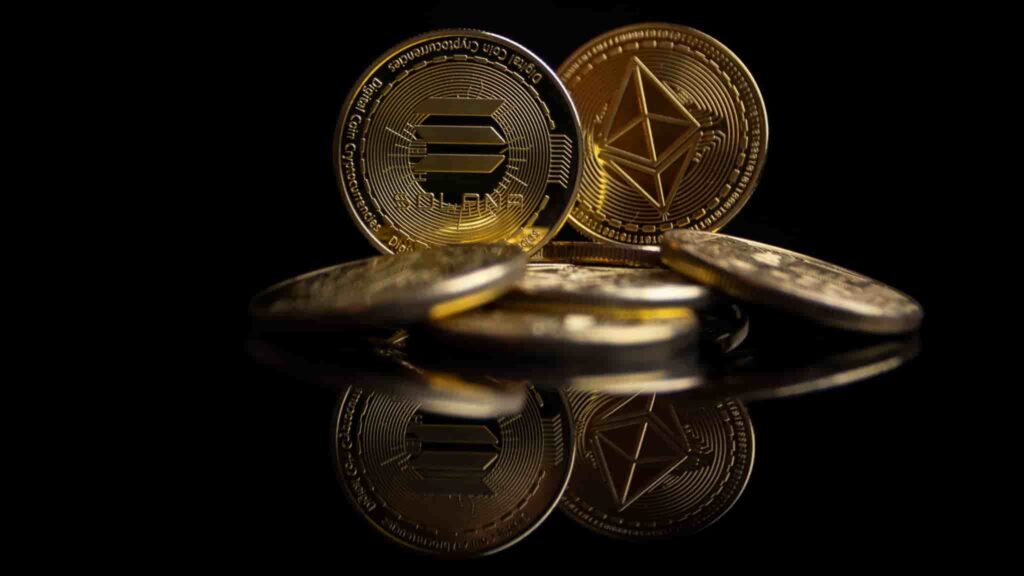Various incidents in which communities or certain prominent crypto personalities take potshots at each other are far from unheard of in 2024.
Perhaps the most prominent example came in late February and involved the founder of crypto exchange BitMEX, Arthur Hayes, and the founder of blockchain Cardano (ADA), Charles Hoskinson.
April brought forth a new battle, this time in the form of a video produced by the Superteam Solana (SOL) community and shared on X by Lily Liu, the president of the Solana Foundation, which unleashed a deluge of criticism against Ethereum (ETH) as a blockchain and against ETH maxis.
The video, which depicts a young couple receiving a dire diagnosis from a doctor, accuses Ethereum of being ‘resistant to good UI,’ slow, poor in terms of scalability, and desperately reliant on Layers 2, 3, 4, and beyond to survive.
It also likened being an ETH maxi – a person who, as a rule of thumb, is entirely focused on Ethereum and generally dismissive of other cryptocurrencies and blockchains – to having a terminal illness and advised the watchers to save such individuals by recommending switching to Solana.
It is noteworthy that while Solana has been steadily gaining ground as a blockchain and the SOL token is up 72.17% to $174.46 year-to-date (YTD), Ethereum has also been doing well and ETH price today is $3,331.48 having risen 46.12% since January 1.
Is the Solana video poorly timed?
As is frequently the case with adversarial marketing strategies – and much in line with the remarkably reliable Murphy’s law – the Solana video might have been poorly timed, especially given its focus on Ethereum’s lacking scalability.
Indeed, while SOL has been becoming increasingly popular, it also, in parallel, became a hotspot for bots engaging with arbitrage trading which have, according to the data compiled by scarn.eth, led to a 75% non-vote transaction failure rate.
Indeed, by April 4, the number of failed transactions reached 72 million while the successful ones amounted to a significantly lower 20 million.
The fail rate has been steadily rising and taking an increasing share of all attempted transactions ever since SOL started its quest to rise from $20 to $200 in November 2023.
Disclaimer: The content on this site should not be considered investment advice. Investing is speculative. When investing, your capital is at risk.








